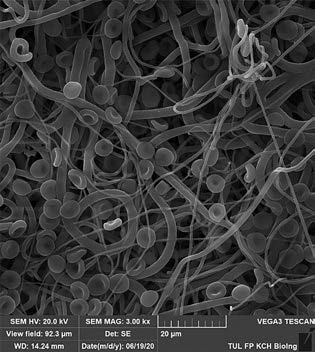Abstract
Introduction: Cardiovascular diseases are responsible for significant morbidity and mortality in the population. Artificial vascular grafts are often essential for surgical procedures in radical or palliative treatment. Many new biodegradable materials are currently under development. Preclinical testing of each new material is imperative, both in vitro and in vivo, and therefore animal experiments are still a necessary part of the testing process before any clinical use. The aim of this paper is to present the options of using various experimental animal models in the field of cardiovascular surgery including their extrapolation to clinical medicine.
Methods: The authors present their general experience in the field of experimental surgery. They discuss the selection process of an optimal experimental animal model to test foreign materials for cardiovascular surgery and of an optimal region for implantation.
Results: The authors present rat, rabbit and porcine models as optimal experimental animals for material hemocompatibility and degradability testing. Intraperitoneal implantation in the rat is a simple and feasible procedure, as well as aortic banding in the rabbit or pig. The carotid arteries can also be used, as well. Porcine pulmonary artery banding is slightly more difficult with potential complications. The banded vessels, explanted after a defined time period, are suitable for further mechanical testing using biomechanical analyses, for example, the inflation-extension test.
Conclusion: An in vivo experiment cannot be avoided in the last phases of preclinical research of new materials. However, we try to strictly observe the 3R concept – Replacement, Reduction and Refinement; in line with this concept, the potential of each animal should be used as much as possible to reduce the number of animals

